Categories
-
Advertising / Agriculture / Apparel & Clothing
-
Architecture / Art & Craft / Automobiles
-
Bags & Shoes Accessories / Spare Parts / Books & Stationery
-
Business Services / Mobile Accessories / Computers & Laptops
-
Construction / Contractors & Freelancers / Education & Training
-
Electronics / Engineering / Environment
-
Event Planner / Fashion & Beauty / Financial
-
Gifts & Toys / Handicrafts / Health Care
-
Home Appliances / Hotel & Restaurants / Industrial Chemicals
-
Machinery Equipment / Information Technology / Jewelry
-
Kitchen / Instruments / Leather
-
Packaging / Personal / Plastic Products
-
Recruitment / Rental / Restaurants & Beverages
-
Security / Telecommunication / Tour & Travels
-
Transportation / Wooden Furniture
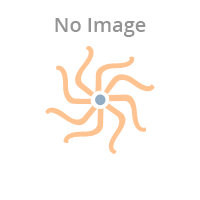
Pediatric Cystoscopy
Health Care - Hospital and Clinics-
*******579
Show
- Supplier: Dr. Kalpesh Patil | Best Pediatric Surgeon in PCMC | Pune| Pediatric Cystoscopy Surgeon | Child Specialist
- Price: N/A
- floor 3, Ravi Usha heights, common wealth society, besides old sai shree hospital, opposite to bsnl office, near DAV public school, back side of shashwat hospital, Aundh, Pune, Maharashtra 411007 View on Map
- Add to Favourite


























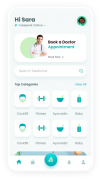
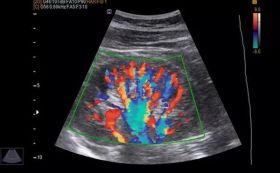





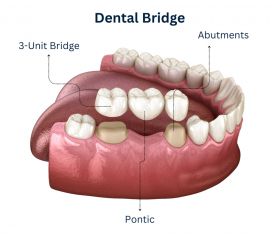
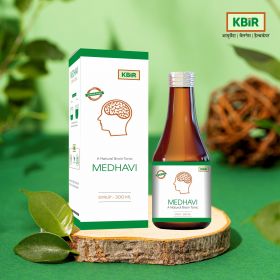








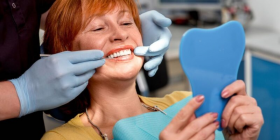

 get multiple quotes
get multiple quotes